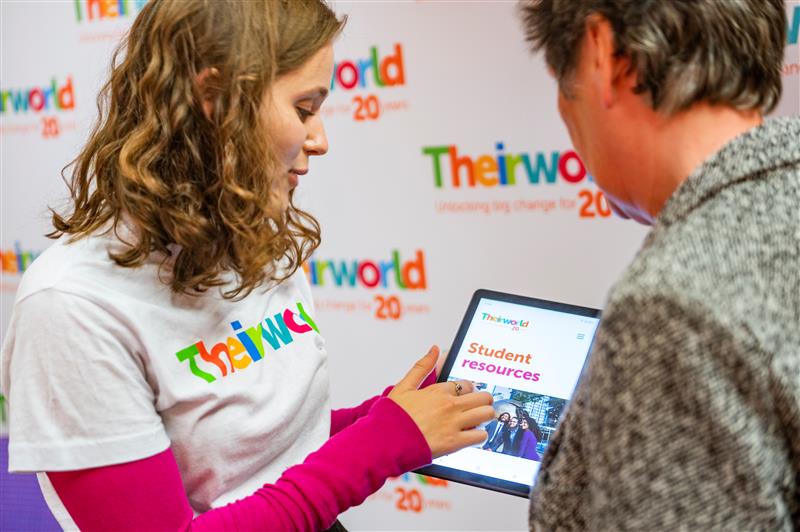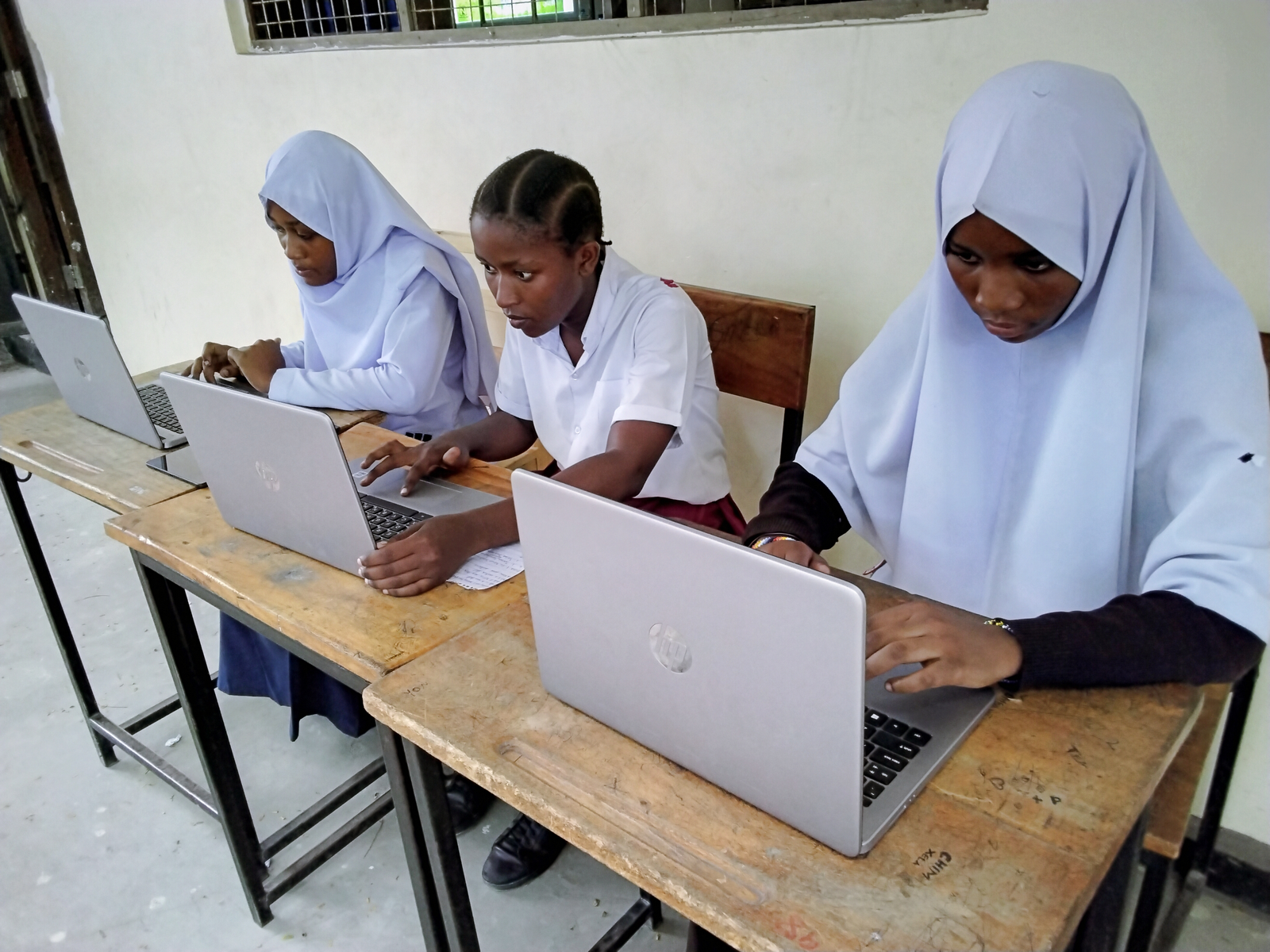
Two years on, what’s happening on the global goal for education?
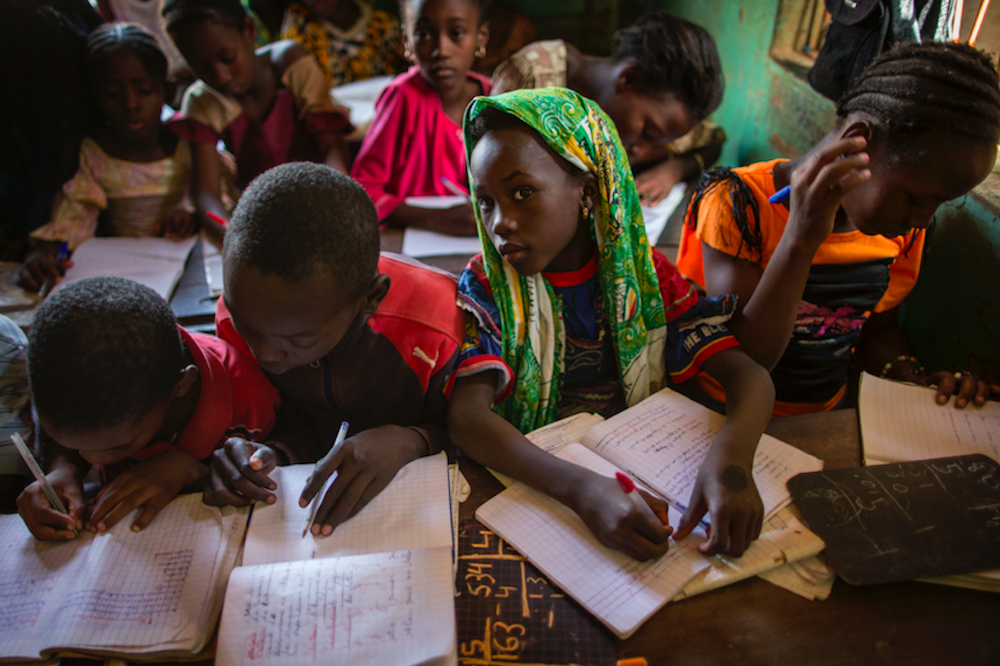
Barriers to education, Children in conflicts, Discrimination of marginalised children, Early childhood development, Education Cannot Wait, Education funding, Education in emergencies, Girls' education, Right to education, Sustainable Development Goals, Teachers and learning, The Education Commission, United Nations General Assembly
The Sustainable Development Goals were adopted at the UN two years ago today - why are they crucial to education and what progress is being made?
When world leaders agreed the Sustainable Development Goals to be achieved by the year 2030, they set an ambitious target for education.
The wording for SDG4 was simple enough: “Ensure inclusive and quality education for all and promote lifelong learning.”
But behind that sentence was a set of specific goals covering early childhood development, primary and secondary schooling, literacy, youth skills, higher education and gender disparities. Education was also at the heart of every one of the 17 SDGs agreed at the UN.
So what exactly is SDG4? What are all the education targets? And what progress has been made in those two years? Read on…
What are the Sustainable Development Goals?
A global agenda to end poverty, promote prosperity and help people’s wellbeing – while protecting the planet – by the year 2030.
After two years of negotiations, all 193 member states of the United Nations agreed 17 goals that were adopted on September 25, 2017, and then officially launched on January 1, 2016. You can see all the SDGs here.
Who came up with the SDGs?
The UN led a working group, made up of country representatives and experts on education, health and other subjects. They looked at the most pressing problems faced by people across the world and the issues that prevent their lives improving.
The group came up with 17 goals and 169 specific targets.
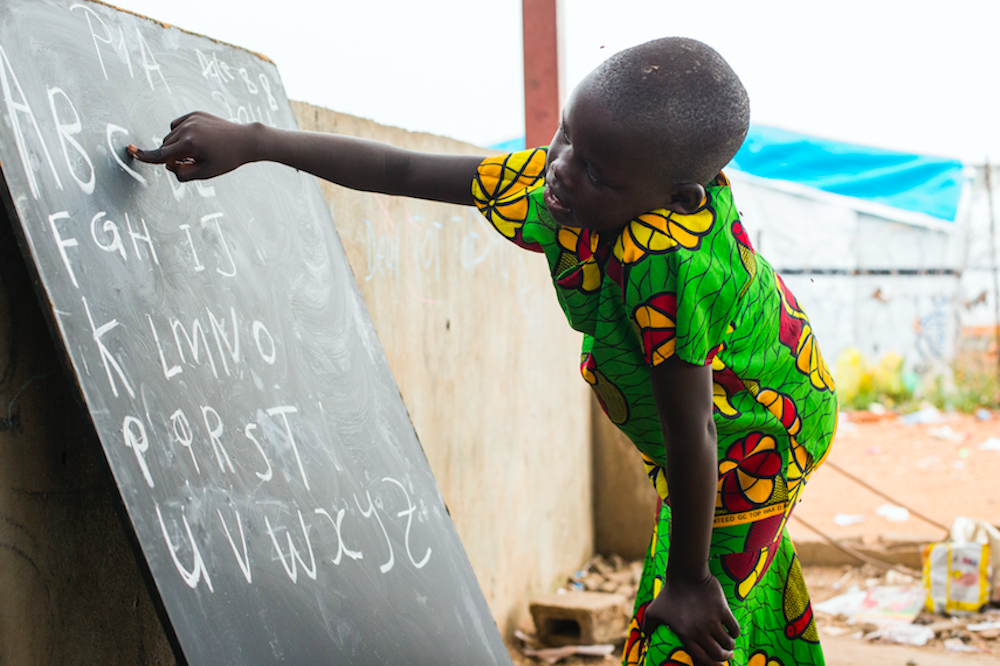
Primary and secondary education is vital for children (United Nations)
What happened to the Millennium Development Goals?
Those eight aims were set by the UN in 2000 to combat poverty and exclusion. The goals were due to be met by the end of 2015 and they included giving every child in the world a basic primary education.
A lot of progress was made and nine in 10 children around the world now go to primary school. But that’s not good enough. There are still 263 million children and adolescents out of school, due to child labour, child marriage, discrimination, conflict, exploitation and poverty.
A new set of goals weas needed to reflect the need for sustainable change.
What are the education targets?
SDG4 has 10 separate targets – the first of which is to ensure all children complete free, equitable and quality primary and secondary education.
The other nine include giving equal access to education for girls, vulnerable children and those with disabilities.
There are goals on ensuring every child has access to early childhood development and pre-primary education – plus giving young people the skills they need for the jobs market. See the full list of SDG4 targets.
How does education fit into the other SDGs?
Education can feed into all the other goals, including those on poverty, health, economic growth and reducing inequality.
For example, a child born to a literate mother is 50% more likely to survive past the age of five than a child born to an illiterate mother. If all children received a basic primary education, 700,000 cases of HIV in young adults could be prevented each year.
An extra year at school can increase a woman’s earnings by up to 20%. And a safe place to play and learn can provide life-saving information – including how children can protect themselves from sexual abuse, landmine awareness, hand-washing and other survival skills.
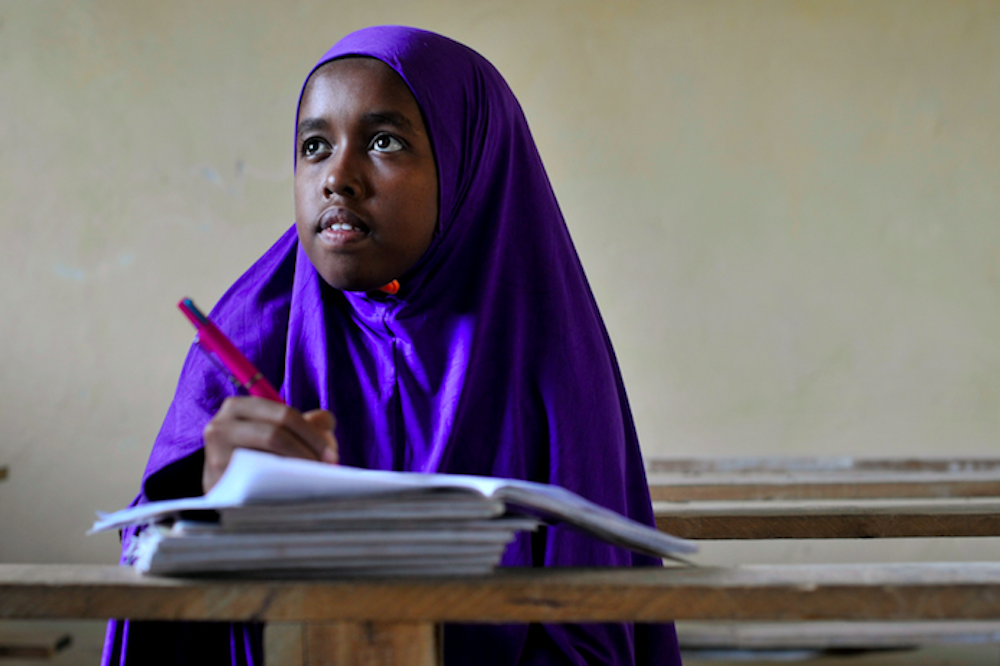
Children need quality schooling to reach their full potential (United Nations)
So what progress is being made on SDG4?
A big moment came at the UN General Assembly this time last year – when the Education Commission – a group of global leaders, academics, business leaders and economists – delivered its Learning Generation report.
It forcecast that, on current trends, by 2030:
- 228 million children will not be in school
- 400 million will leave school without primary level qualifications
- 825 million children in low and middle-income countries, half of the world’s 1.6 billion children, will not get the basic secondary-level skills they need for the jobs market
The commission said bold action and radical funding could see every child in the world in school by 2030. It also called for every country to give two years of free pre-primary education to every child.
A major part of its plan is the creation of the International Finance Facility for Education (IFFEd), which will unlock $10 billion a year and help to get millions of girls and boys into school. After 10 years of declining funding for education, the G20 summit in July committed to action on IFFEd.
With 75 million children having their schooling disrupted by humanitarian emergencies, the Education Cannot Wait fund was launched last year to divert money where it is needed urgently.
On early childhood development, Theirworld called earlier this month for all countries to spend 10% of their education budgets on pre-primary schooling. That call was echoed by UNICEF in a major ECD report launched at the UN General Assembly last week.
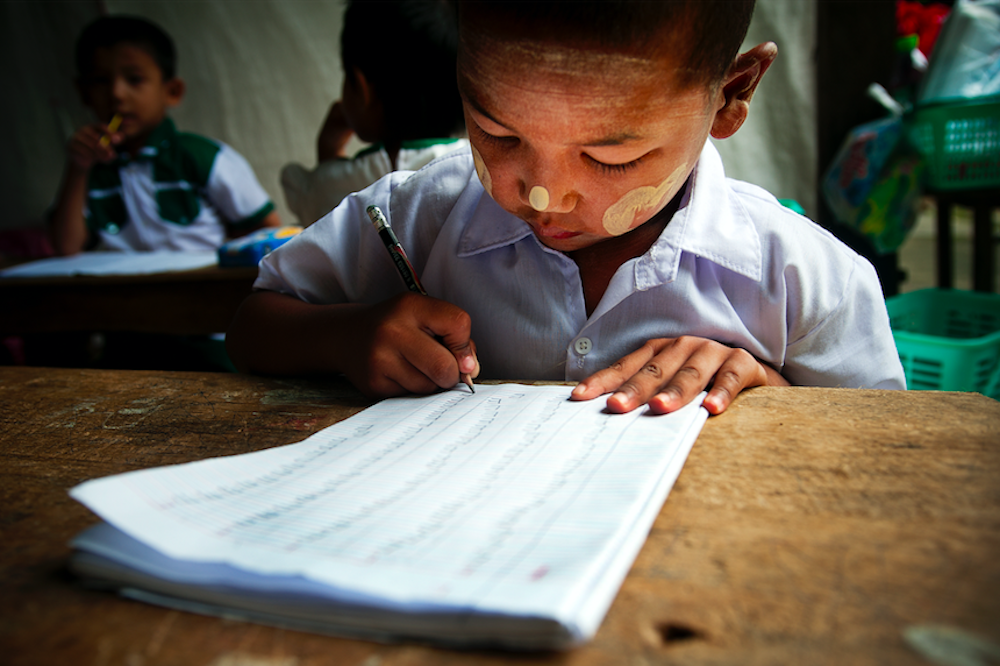
Despite some progress being made there are still 263 million children out of school (United Nations)
At the other end of the schooling process, a new Youth Skills and Innovation Initiative was launched last week to help young people be ready for the jobs of the future.
At this year’s UN General Assembly, education was high on the agenda. UN Secretary-General Antonio Guterres hosted a top-level event called Financing the Future: Education 2030 – where he made an impassioned plea on behalf of millions of young people.
So progress is being made. But – with only just over 12 years to go – a huge amount still has to be done if SDG4 is to be achieved.
Last week UNESCO presented a global snapshot for one of SDG4’s key targets – that primary and secondary education should lead to relevant and effective learning outcomes.
It revealed that more than 617 million children and adolescents – that’s 56% – are not achieving minimum proficiency levels in reading and mathematics.
What might surprise many people is that two-thirds of the children who are not learning are in school. The education they are receiving simply isn’t of a high enough quality.
“The figures are staggering both in terms of the waste of human potential and for the prospects of achieving sustainable development,” says Silvia Montoya Director of UNESCO Institute of Statistics.
“Yet many of these children are not hidden or isolated from their governments and communities – they are sitting in classrooms with their own aspirations and potential. We can reach these kids, but not by simply hoping that they stay in school and grasp the basics.”
More news

